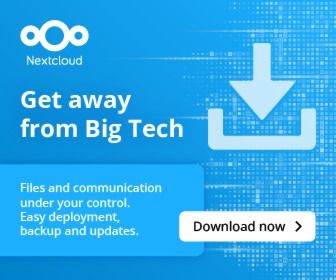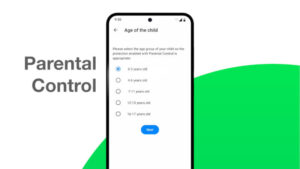India’s new Android-based mobile operating system, BharOS, was publicly tested on Tuesday. It’s part of a project to make India less dependent on technology developed outside the country.

In a press conference on Thursday, India announced a new mobile operating system, BharOS, as part of Prime Minister Narendra Modi’s goal to make India self-reliant in the tech sector, including telecommunications and chip-fabrication.
Before you get too excited about having a new mobile operating system to fiddle around with, it’s not quite that new. It’s based on Android, or more specifically AOSP, the Android Open Source Project.
There’s nothing new under the sun, as the saying goes.
“Any Android operating system is a fork of the original Linux distribution,” V Kamakoti, director at Indian Institute of Technology, Madras told the India-based website Moneycontrol in a phone conversation. “We have used some early versions of Linux — it’s basically a derivative of the Linux kernel. However, a lot of customization, including security protocols such as root of trust and chain of trust modifications, have been done to create BharOS.”
In other words, it’s Android under the hood, but some work has been done to beef-up security.
Oh, and Google’s been kicked to the curb.
The BharOS was developed by IIT Madras Pravartak Technologies Foundation, a not-for-profit company set up by Indian Institute of Technology, Madras, and funded by the Indian government’s Department of Science and Technology, under its National Mission on Interdisciplinary Cyber-Physical Systems program.
The OS will ship with no applications installed by default, but according to The Indian Express (another India-based website), a private app store will be part of BharOS’s ecosystem, and users will also be able to sideload third-party apps. The site also said it’s not known whether an easy way to install the OS on existing phones has been developed or in the works.
“While the team behind BharOS does speak about the requirement of an app-store-like service for BharOS, it is interesting to see if they will partner with an already existing service or will build it from scratch,” the site said in an article that ran without a byline. “When it’s made available, one might have to unlock the bootloader and install a custom recovery image to flash BharOS on an Android smartphone.”
At this time the OS seems to be using DuckDuckGo as its default browser, and Signal as its messaging app. It’s not known if any deals are in the works to partner with an OEM to launch the phone in India, where the OS is likely to be first marketed.
Public Test Demo
On Tuesday, the OS again made news in India with a public demonstration” of the new OS. In the demonstration, which was called a “test,” a phone running BharOS was given to India’s IT Minister Ashwini Vaishnaw and Education Minister Dharmendra Pradhan in New Delhi, with IIT Tirupathi director KN Satyanarayana in possession of another BharOS-enabled phone.
“The trio connected over video call where Tirupathy told Vaishnaw that the system was running smoothly and the video quality for the call was good,” Aihik Sur reported in Moneycontrol. “In response, Vaishnaw said that the government will work on the app ecosystem and on made-in-India chipsets.”
After the demonstration, Vaishnaw hinted that it won’t be an easy task to wrest market share away from Google and Apple.
“There will be lots of difficulties; and there are many people around the world who do not want a system like this to succeed,” he said. “So we have to be very careful, cautious, and persistent and we have to continue working on making it successful.”
No news yet on when BharOS will be available for download, or which and how many devices it will support out-of-the-box when it does.
Christine Hall has been a journalist since 1971. In 2001, she began writing a weekly consumer computer column and started covering Linux and FOSS in 2002 after making the switch to GNU/Linux. Follow her on Twitter: @BrideOfLinux







